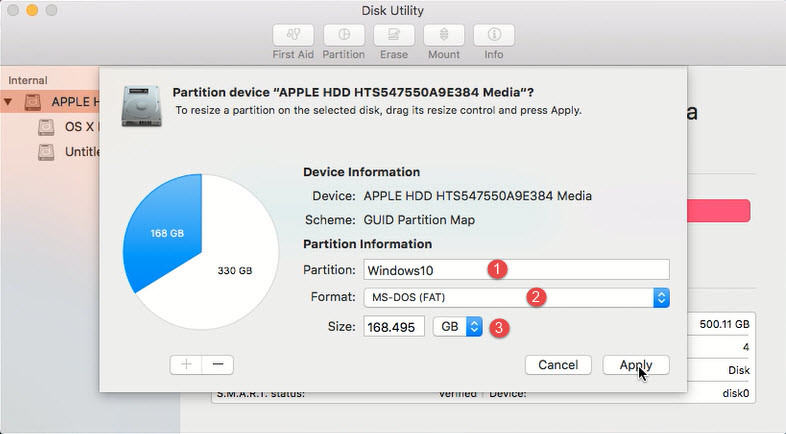

- #Dual boothing mac with windows 10 how to#
- #Dual boothing mac with windows 10 install#
- #Dual boothing mac with windows 10 upgrade#
You’ll now be able to choose between Windows 10 and Windows 7 or 8 when you boot your computer. Windows will finish installing normally without asking you any more questions.Ĭhoose Between Windows 10 and Windows 7 or 8
#Dual boothing mac with windows 10 install#
Click Next to install Windows 10 on that new partition The Windows installer will create a new partition and select it for you. By default, it will take up all the available unallocated space, so just click Apply to create a new partition using all that space. Select it and click New to create a new partition in the empty space.Ī Size box will pop up asking how big you want the partition to be. You’ll see an “Unallocated Space” option here, assuming you resized your existing Windows partition to free up space earlier. You’ll be taken to the “Where do you want to install Windows?” screen, which handles partitioning. Custom lets you install Windows 10 alongside an existing copy of Windows.
#Dual boothing mac with windows 10 upgrade#
Upgrading would upgrade your existing Windows 7 or 8 system to the Windows 10 Technical Preview. Select your language and keyboard layout and then click “Install now.”Īfter agreeing to the license agreement, click the “Custom: Install Windows only (advanced)” installation option. Go through the Windows 10 installation process normally.
#Dual boothing mac with windows 10 how to#
RELATED: How to Boot Your Computer From a Disc or USB Drive Install Windows 10 Alongside Windows 7 or 8 If you have a Windows 8 computer that comes with the newer UEFI firmware, you’ll need to use Windows 8’s advanced boot menu to select your USB drive or DVD drive when you boot your computer. If it doesn’t, you may need to change the boot order in your BIOS. It should automatically boot into the Windows 10 installer. Leave the DVD or USB drive in your computer and reboot. Microsoft’s Windows USB/DVD Download Tool still works well, and will let you image a Windows 10 ISO file onto a USB drive. Download Windows 10 and Boot the Installerĭownload a Windows 10 ISO file and either burn it to a DVD or make a bootable USB flash drive. You’ll probably want more than that.Īfter shrinking the partition, you can continue the process. Microsoft says Windows 10 has the same system requirements as Windows 8, and the 64-bit version of Windows 8.1 requires at least 20 GB of hard drive space.

Shrink the volume to free up enough space for your Windows 10 system. Right-click it and select “Shrink Volume.” If you have multiple partitions on your hard drive, you could also choose to resize a different partition to free up space.

Locate your system partition - that’s probably the C: partition. Press Windows Key + R, type diskmgmt.msc into the Run dialog, and press Enter to launch it. Whether you’re using Windows 7 or 8, you can use the Disk Management utility to do this.


 0 kommentar(er)
0 kommentar(er)
